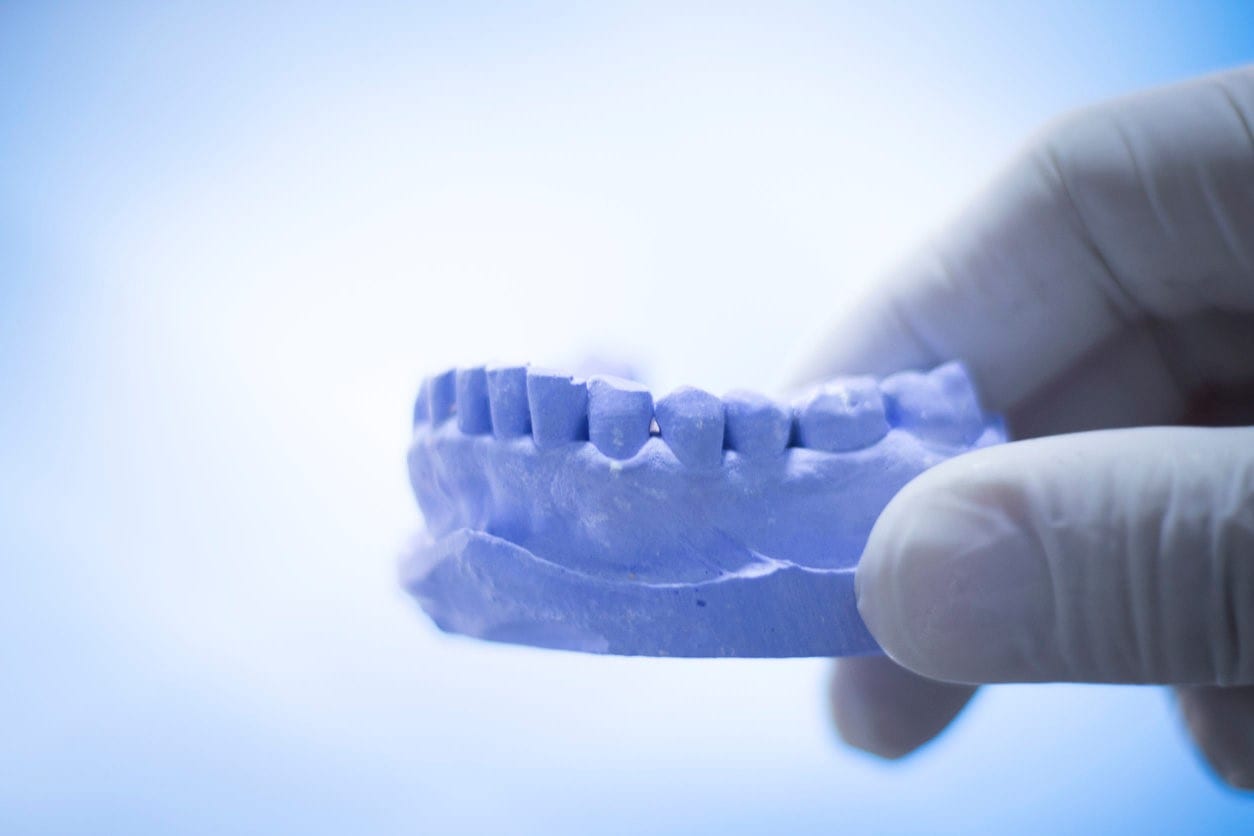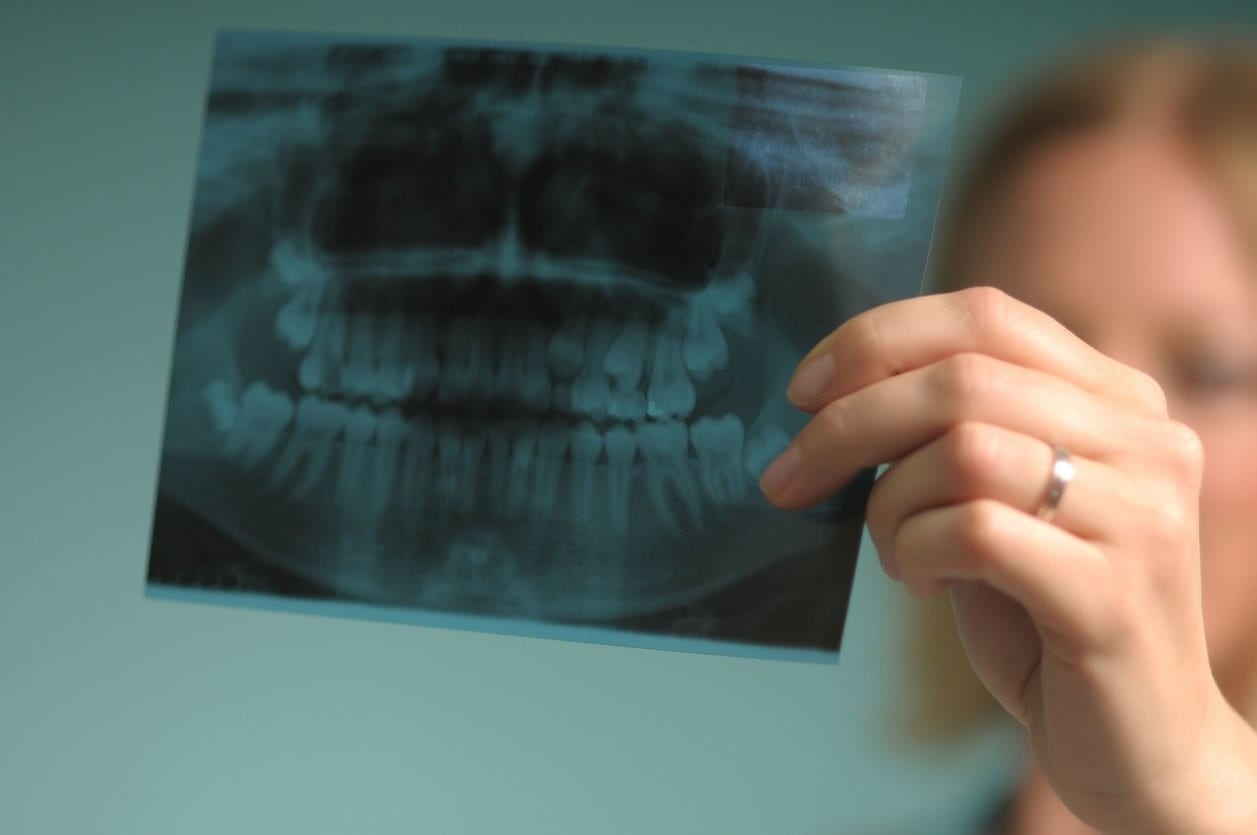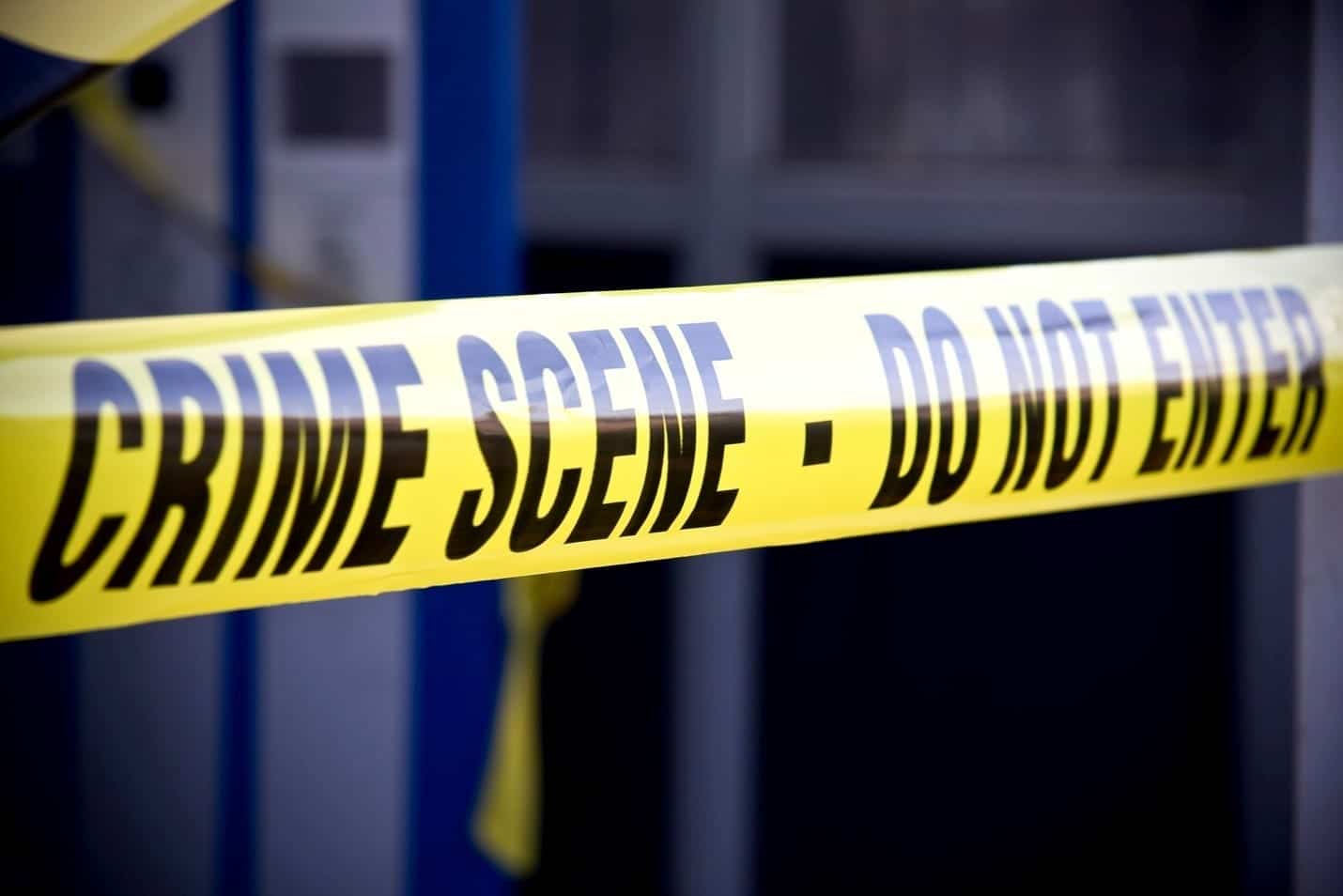
This past February the Texas Forensic Science Commission (TFSC) recommended that Texas courts discontinue allowing prosecutors to introduce bite mark evidence in criminal trials to prove the guilt of defendants.
A study produced last year by the American Board of Odontology (ABOD)—a group that accredits forensic dentists and establishes guidelines for the field—called into the question the validity of using of bite mark evidence in criminal cases.
The New York-based Innocence Project has worked closely with the TFSC to find ways to prevent the use of “junk science” in criminal cases.
- Chris Fabricant is a lawyer for the Innocent Project. He was at the hearing when the TFSC announced its recommendation.
“Texas took a giant step forward in bringing scientific integrity to the criminal justice system,” he said. “For far too long, this grossly unreliable technique has been admitted by courts with no scrutiny of the claims made by forensic dentists.”
Over the past decade, forensic science researchers, innocent project attorneys, reporters, and college students have worked collectively, and individually, to show that a “series of exonerations” resulted because of the misuse of forensic evidence by law enforcement and prosecutors, James Liebman, director of the Center of Public Research and Leadership at the Columbia School of Law, told the Texas Tribune.
One of the more infamous bite mark evidence cases involved Roy Krone who was convicted twice for the brutal murder of a woman in a Phoenix lounge in 1991. An “expert” connected bite marks found on the victim’s throat to Krone who spent four years on Arizona’s death row before his conviction was set aside by the state’s supreme court because prosecutors concealed evidence about a videotape dealing with the bite mark evidence until just before his trial began. He was convicted a second time based on the same bite mark evidence, and remained incarcerated until 2002 before DNA evidence revealed he did not commit the crime.

The Current Forensic Research
The ABFO study last year revealed prominent discrepancies in whether an injuries are actually the result of human bites.
Adam Freeman, president of the ABFO and who is also a dentist, asked 38 accredited dentists with an average of 20 years of experience to look at injury photos from 100 real cases. The dentists were asked to assess the photos and determine whether the injuries were caused by bite marks or not, or if they were suggestive of a bite mark.
Out of the 100 cases, the dentists unanimously agreed on just four of them.
As for the rest of the cases?
The dentists couldn’t agree if they were looking at bite marks or some other type of injury.
Despite the evidence presented by the study, some forensic dentists still claim they can accurately assess whether an injury was caused by a bite mark based on their knowledge and experience.
For example, Dr. David Senn, a dental school professor in San Antonio said that if there is enough information and detail in the bite mark, a skilled forensic dentist is able to “create a profile about what kind of teeth could’ve made it.”
But in most cases – including around 85 to 90 percent of the ones Senn himself has seen – lack sufficient detail to be compared to a suspect’s actual teeth. This leads to the kind of mistakes that sent Roy Krone to death row.
A team from State University of New York at Buffalo (SUNY) has been studying bite marks and they have come to a fascinating conclusion—it’s not individual’s bite marks that are unique, but the bite marks themselves.
In other words, no two bite marks made by the same person with the same set of teeth are the same. This conclusion essentially means that you can’t identify someone by a bite mark.
Thus, the SUNY study is more damning than the ABDO study because the SUNY team was unable to replicate bite marks.

What Prompted the TFSC Recommendation
The TFSC began investigating bite marks when they received a complaint from the Innocence Project regarding client Steven Mark Chaney. Chaney was convicted of killing a Dallas couple, John and Sally Sweek, in 1987.
John Sweek had bite marks on his arm.
Dentist Jim Hales told a Dallas jury that the odds of someone making those bite marks other than Chaney were “1 to a million.”
Despite nine of Chaney’s friends providing him with an ironclad alibi on the day the Sweeks were killed, Chaney was nonetheless convicted.
After the conviction, Hales, who is now the chief dental consultant for the Dallas County medical examiner’s office, has backtracked on what he said at Chaney’s trial. He now says that what he told jurors at Chaney’s trial is no longer valid and that the science upon which his testimony was based has been discredited.
Hales’s recanted testimony prompted state District Judge Dominique Collins to find that Chaney was convicted on junk science.
After having served more than 25 years of a life sentence in prison, Chaney was released from the Texas prison system last October.
But although Chaney has been freed from prison, prosecutors now have to conduct a full investigation into whether Chaney is actually innocent. He won’t be officially exonerated unless and until he receives a favorable ruling by the Texas Court of Criminal Appeals or Judge Collins.
Chaney’s case may be the first of many to shed some light on this particular brand of junk science.
Fortunately, the Texas Forensic Science Commission will be conducting a review of all Texas cases that involve bite marks, so perhaps several more innocent people will be exonerated or at least be set free.



